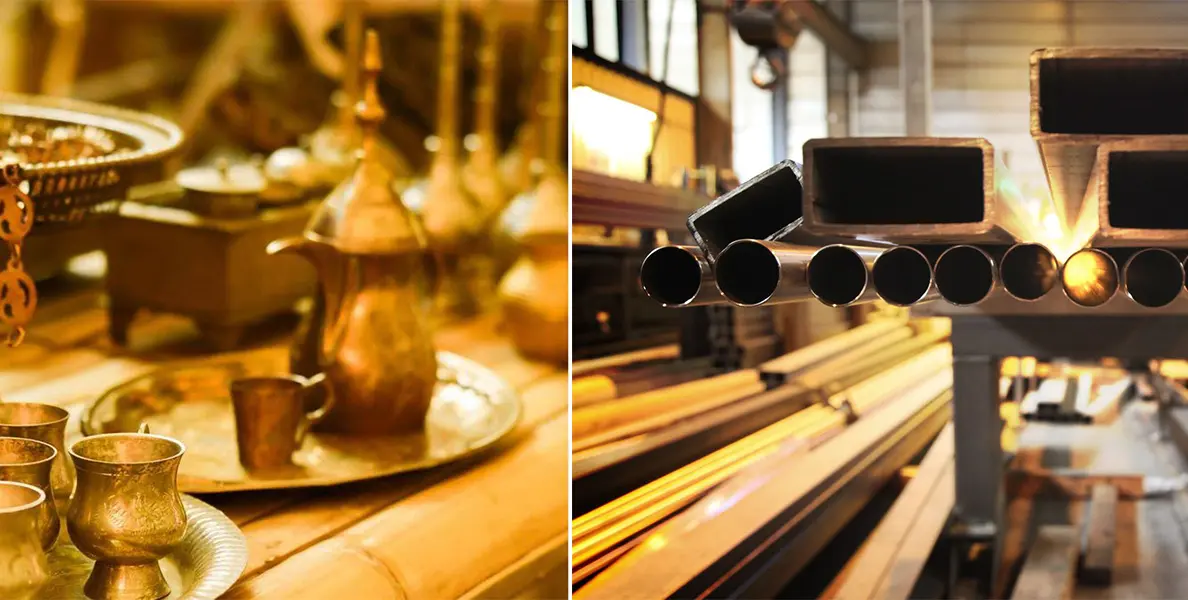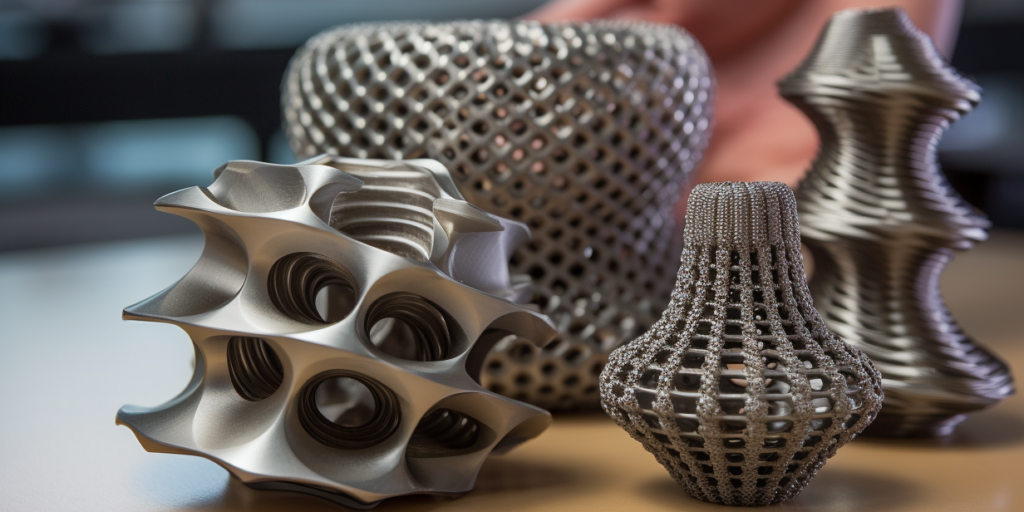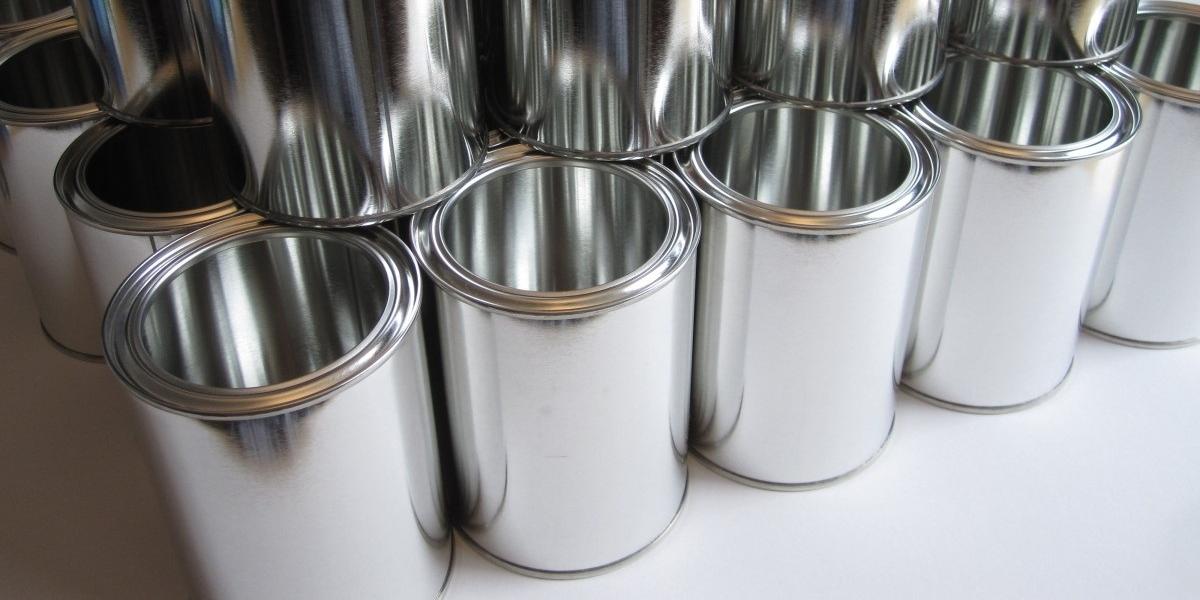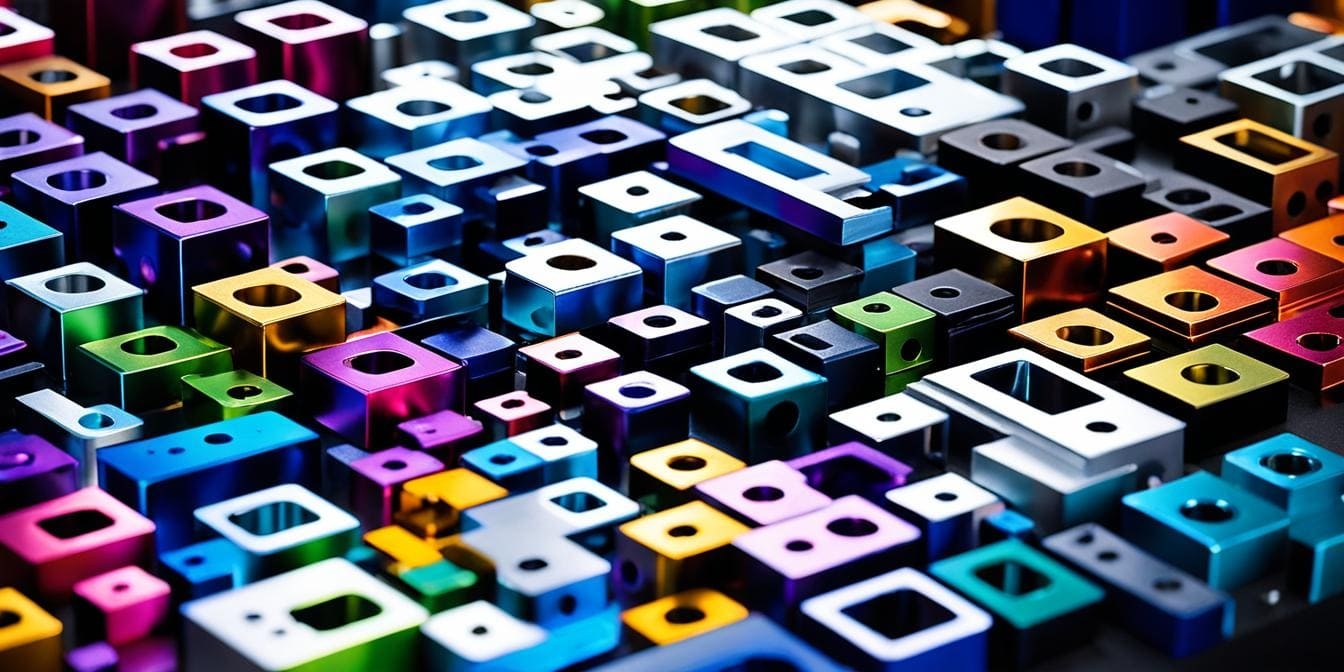BeSince the beginning of China and Western Asia more than six thousand years ago, people have widely used brass, an alloy that still plays a huge role in manufacturing today. However, unlike in ancient times, brass has now developed a wider variety of types, grades, and uses.
This article will uncover the secrets behind machining brass.
We have previously analyzed bronze and pure copper in depth. If you are interested, please click the link.
Unique Properties and Characteristics of Brass Alloys
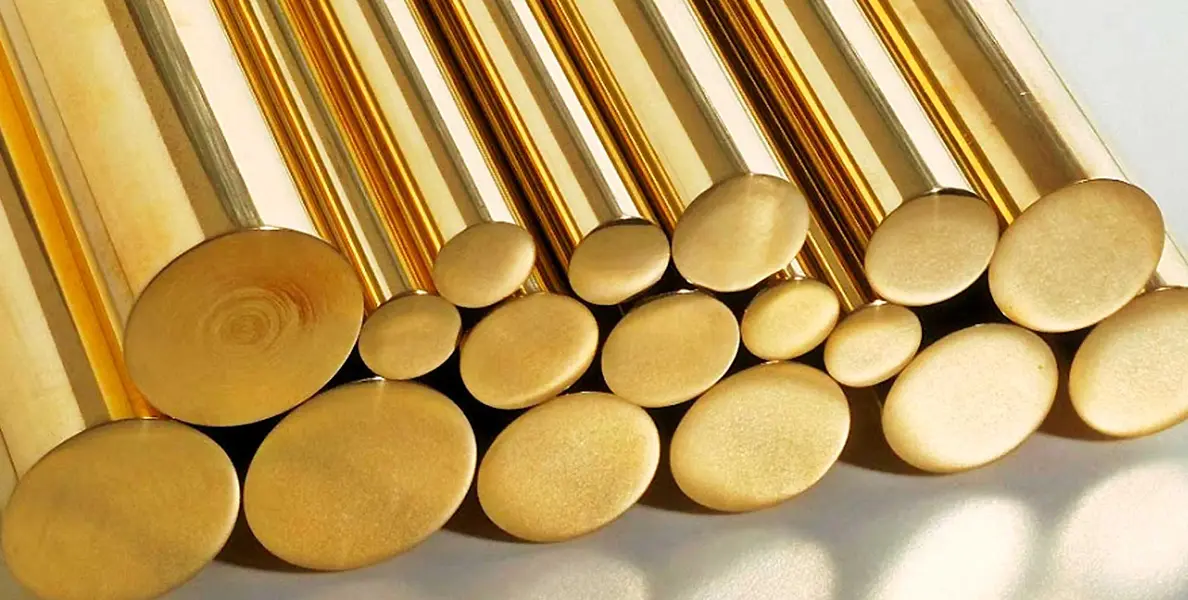
Brass is primarily composed of copper and zinc, varying proportions to achieve desired properties.
Composition and Properties of Brass Alloys
- Zinc content: Typically, the zinc content ranges from 5% to 45% significantly influences the alloy’s characteristics.
- Trace elements: Brass contains other elements such as lead, tin, or aluminum further enhancing machinability, corrosion resistance, and strength.
- Corrosion resistance: It is suitable for marine applications and plumbing systems.
- Thermal and electrical conductivity: This is why it is commonly used in electrical connectors and components.
- Appearance: Has a distinct yellow or golden hue, making it aesthetically pleasing for musical instruments and jewelry.
- Workability and formability: It can be easily shaped and machined into various forms. This versatility makes brass alloys ideal for industrial and consumer products, like brass fittings and fasteners.
Methods and Processes of Brass Manufacturing
Brass manufacturing involves several key processes that transform raw materials into finished products.
- Material selection: The process starts with the formulation of the appropriate alloy(typically composed of copper and zinc).
- Melting: Once the alloy is formulated, the metals are heated to create a molten mixture, often in a furnace.
- Shaping and casting: This molten brass can be cast into various shapes using sand casting or die casting.
- Forming: After casting, it undergoes forming processes(may include rolling, extrusion, or forging) to achieve specific dimensions and mechanical properties.
- Machining: Then, manufacturers use precision instruments to shape it into components, such as fittings and fixtures.
- Surface treatments: Use polishing or plating to enhance the appearance and corrosion resistance of the finished products.
Brass vs Other Metals and Alloys
Brass vs Bronze
Brass is an alloy of copper and zinc, which gives it a bright, golden color and excellent malleability. This makes it popular for musical instruments, plumbing fittings, and decorative items.
On the other hand, bronze is primarily an alloy of copper and tin known for its strength and resistance to corrosion. This makes bronze ideal for applications such as sculptures, coins, and marine hardware. The color of bronze tends to be darker and more subdued.
| Attribution | Brass | Bronze |
| Color | Golden | Darker and subdued |
| Property | The alloy of zinc and copper | The alloy of tin and copper |
| Malleability | Better | Relatively worse |
| Resistant to Corrosion | Relatively worse | Better |
Brass vs Copper
Copper is a pure metal known for its excellent electrical conductivity, corrosion resistance, and malleability. Its reddish-brown color and ability to develop a patina over time make it aesthetically appealing.
On the other hand, brass is an alloy, which enhances its strength and durability. This combination results in a material that is more resistant to wear and tarnishing.
Brass is commonly used in applications such as musical instruments, plumbing fittings, and decorative hardware due to its attractive gold-like appearance and excellent workability.
| Attribution | Brass | Copper |
| Color | Gold-like | More Reddish-brown |
| Property | Alloy | Pure metal |
| Resistant to wear and tarnishing | Better | Worse |
Brass vs Aluminum
Brass is known for malleability, which allows it to be easily shaped and formed and is essential in intricate designs.
Aluminum is a lightweight metal that is highly resistant to corrosion and oxidation. Its low density makes it ideal for applications where weight is a concern.
Besides, aluminum can also be easily recycled, making it an environmentally friendly option. While it may not have the same aesthetic appeal as brass, its versatility and strength make it a valuable material in modern manufacturing.
| Attribution | Brass | Aluminum |
| Weight | Heavier | Lighter |
| Anti-Oxidation | Worse | Better |
| Recycle | Harder | Easier |
| Aesthetic appeal | Better | Worse |
Brass vs Stainless Steel
Brass has great acoustic properties that enhance sound quality in instruments.
Stainless steel is an alloy primarily composed of iron, chromium, and nickel, celebrated for its remarkable strength, durability, and resistance to rust and staining.
While brass may require more maintenance due to tarnishing, stainless steel maintains its luster with minimal care.
| Attribution | Brass | Stainless Steel |
| Acoustic property | Better | Worse |
| Rust and staining resistance | Worse | Better |
| Tarnishing resistance | Better | Worse |
| Care Request | More | Less |
Grades of Brass
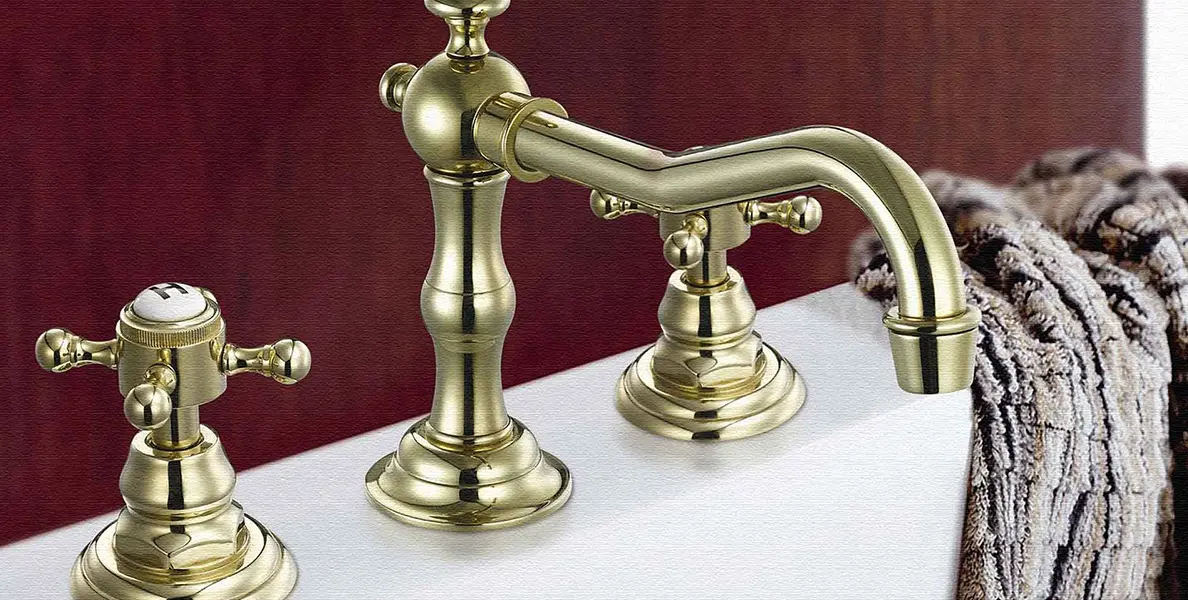
Brass grades vary based on the proportions of these metals and the addition of other elements.
Here are some representative grades:
Cartridge Brass
The most common grade, contains about 70% copper and 30% zinc, making it highly malleable and suitable for:
- Forming
- Machining
Free-Cutting Brass
This grade is known as C36000, or free-cutting brass, which incorporates lead to enhance machinability, making it ideal for:
- Precision parts
- Fastener
Naval Brass
Also known as C46400, has excellent corrosion resistance, particularly in marine environments, due to the inclusion of small amounts of tin.
C22000
This grade offers a balance of strength and ductility, making them versatile for various applications, including:
- Electrical components
- Decorative items
Types of Brass
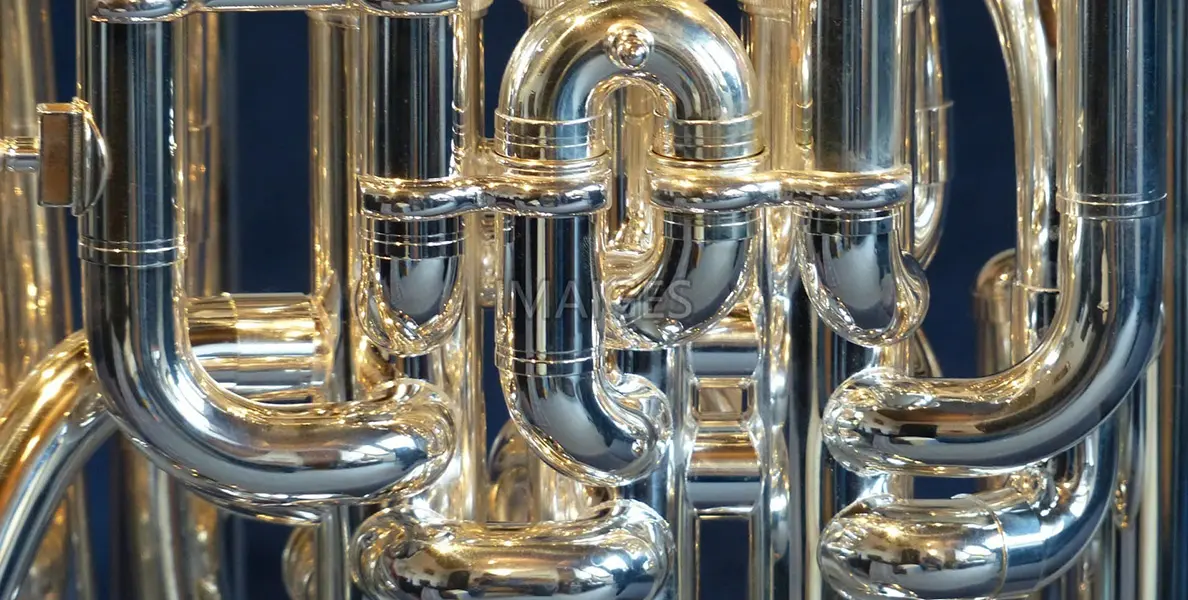
There are various brass types, each with properties suitable for different applications.
Alpha Brass
This type consists of a higher proportion of copper, typically around 67% or more.
This type exhibits excellent ductility and corrosion resistance, making it ideal for applications like plumbing and electrical components.
Beta Brass
This type contains a higher zinc content, usually between 45% and 55%, which enhances its strength and hardness.
Manufacturers often use it in applications requiring higher mechanical strength, such as gears and fittings.
Alpha-Beta Brass
This is a combination of both alpha and beta phases and offers a balance between ductility and strength(zinc content higher than 39%).
This versatility allows it to be used for decorative items and structural components, catering to diverse industrial needs.
Specialty Brasses
Specialties, such as leaded brass, aluminum brass, and silicon brass, are designed for specific applications, providing unique properties like increased strength and resistance to erosion.
For instance, it may include elements like lead for improved machinability or tin for enhanced corrosion resistance. These variations make them ideal for manufacturing components in marine environments or precision instruments.
Brass in Manufacturing
In Mechanical Manufacturing
This material has excellent machinability and resistance to corrosion making it an ideal material for components such as:
- Gears
- Valves
- Fittings
In the Electronics Industry
Due to its good conductivity and strength, brass is widely used for:
- Connectors
- Sockets
- Terminals
These properties allow it to maintain electrical connections in demanding environments, enhancing the performance of electronic devices.
In Architecture
This material is employed for:
- Fixtures
- Railings
- Decorative elements
Its aesthetic appeal and ability to withstand the elements make it a popular choice for interior and exterior designs.
In Jewelry and decorations
It is prized for its golden hue and malleability, allowing artisans to create intricate designs that are both beautiful and affordable, appealing to a wide range of consumers.
Conclusion
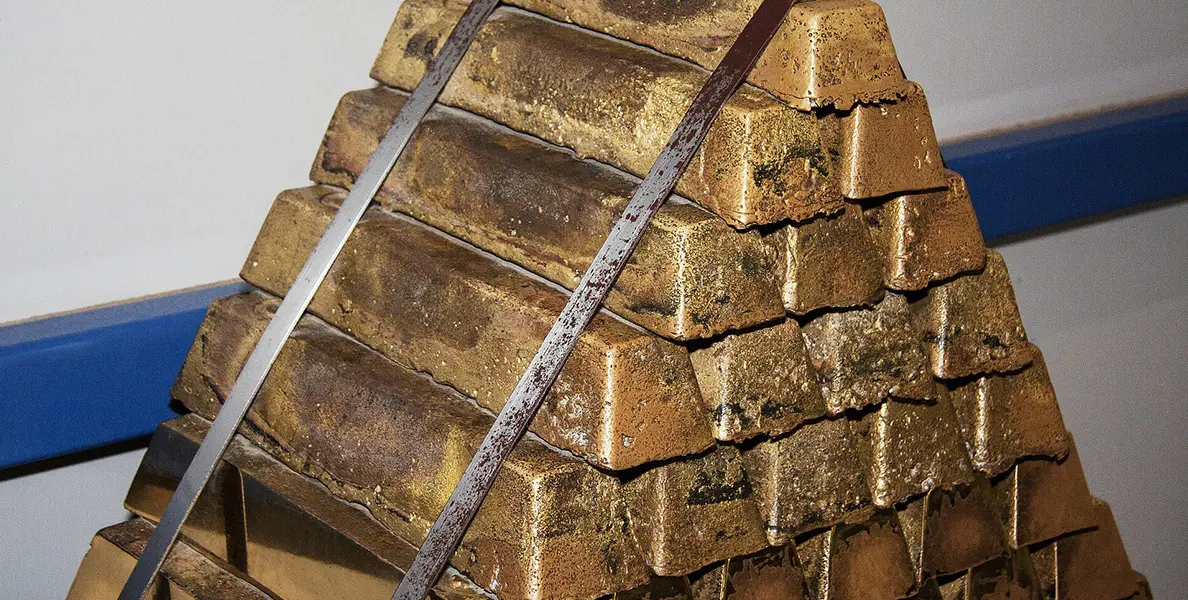
In conclusion, brass is available in a wide variety of types and grades, and because of its properties, it has an important role to play in several industrial sectors. We must select this material based on its actual needs.
Use of Brass in XMAKE
As the world’s leading manufacturing platform, XMAKE mainly uses brass in CNC machining. We serve various types of brass parts with excellent quality and cost-effectiveness.
FAQS
Q1: What is brass and how is it made?
A: Brass is a metal alloy primarily made of copper and zinc. The specific proportions of these metals can vary, leading to different types of brass, such as yellow brass, red brass, and free-machining brass. The manufacturing processes involved in brass production include melting, casting, and extrusion.
Q2: Can you explain free-machining brass and its benefits?
A: Free-machining brass is a type of brass that has been specifically formulated to improve machinability. It typically contains lead or other additives that facilitate easier cutting and shaping, making it ideal for manufacturing processes where precision is critical.
Q3: What is the significance of the history of brass in metal manufacturing?
A: The history of brass is significant in metal manufacturing as it represents one of the earliest forms of metal alloying. Beside, the Development of brass technology has enabled advancements in various industries, influencing the production of tools, coins, and decorative items throughout history.
References
- Brass classification standard and domestic and foreign grade comparison table. (n.d.). https://www.f0512.com/?page_id=2092
- Classification, use, and characteristics of brass-YUEQING ZHUOXU METAL MATERIALS CO. (n.d.). http://www.yqzxjs.com/article-item-34.html

